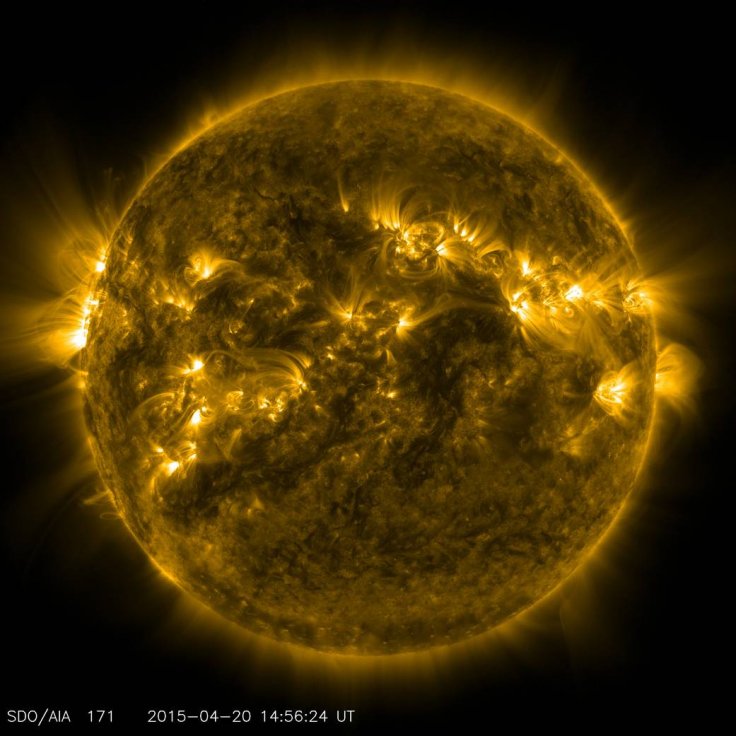
A new study conducted by researchers at the Harvard and Yale Universities has proposed a new way to combat the issue of global warming, dimming the sun. Even though the new method seems bit cinematic, experts believe that blotting out the sun using chemicals could help the world from fighting adverse climate change.
The study report published in the journal 'Environmental Research Letters' suggests that spraying large amounts of sulfate particles into the Earth's lower stratosphere will reduce the brightness of the sun, which will, in turn, cut down the effects of global warming by half. Researchers also noted that this proposed way is a very cheap alternative for other preventive measures used to reverse increased global warming rate.
"Solar geoengineering is often described as 'fast, cheap, and imperfect'. This paper further confirms 'cheap,' but says nothing about 'imperfect.' We simply show that a hypothetical deployment program commencing 15 years hence, while both highly uncertain and ambitious, would indeed be technically possible from an engineering perspective. It would also be remarkably inexpensive," wrote the researchers in the study report.
In the research report, scientists at Harvard and Yale also put forward various ways by which chemicals can be sprayed in the sky to dim the sun. The proposed methods to disperse the chemicals include the usage of planes and balloons to spray large amounts of sulfate particles. Even though scientists have proposed these methods, no current aircraft is capable of delivering such a large payload. Collaboration between world powers is another pre-requisite for materializing such a big project.
However, many sceptics believe that this proposed way to combat climate change could actually pull the planet to more chaos. As per these sceptics, dimming the sun will drastically affect the cultivation of food crops, and it may even make humans die of extremely low temperatures.
A few days back, a team of researchers at the NASA has warned that space could witness a mini ice age due to a drastic drop in sunspot activities. Such an event in the future along with the dimming of the sun could worsen the conditions further, and it may drastically affect the living conditions on the planet.









